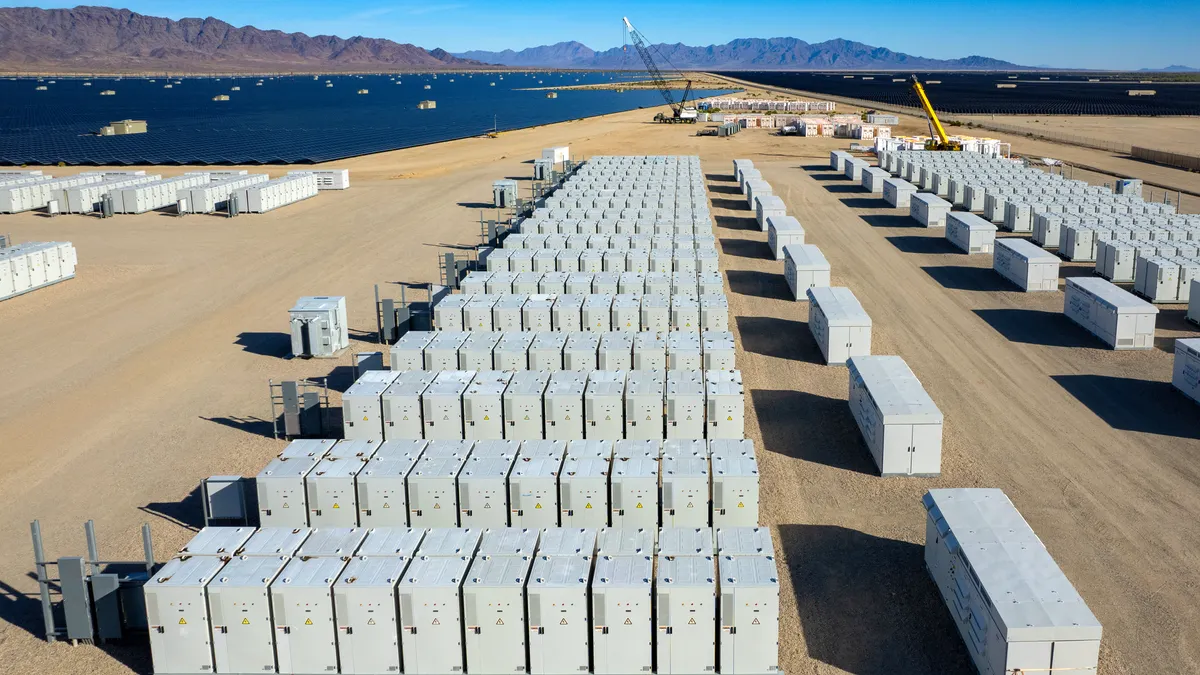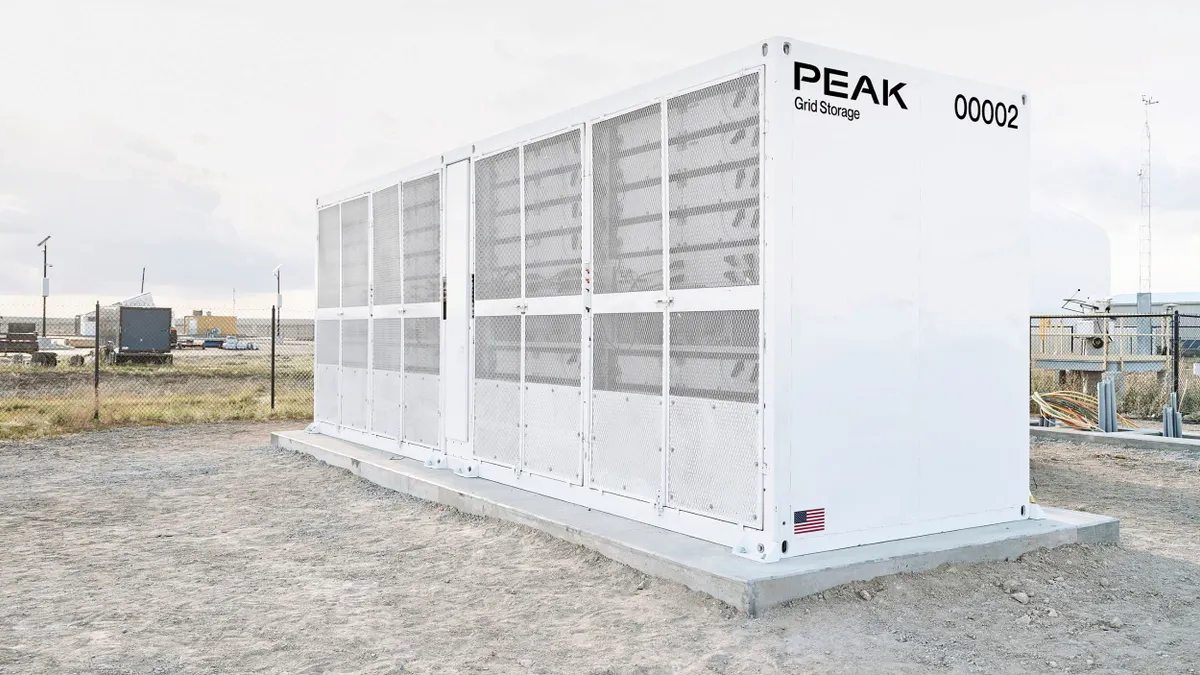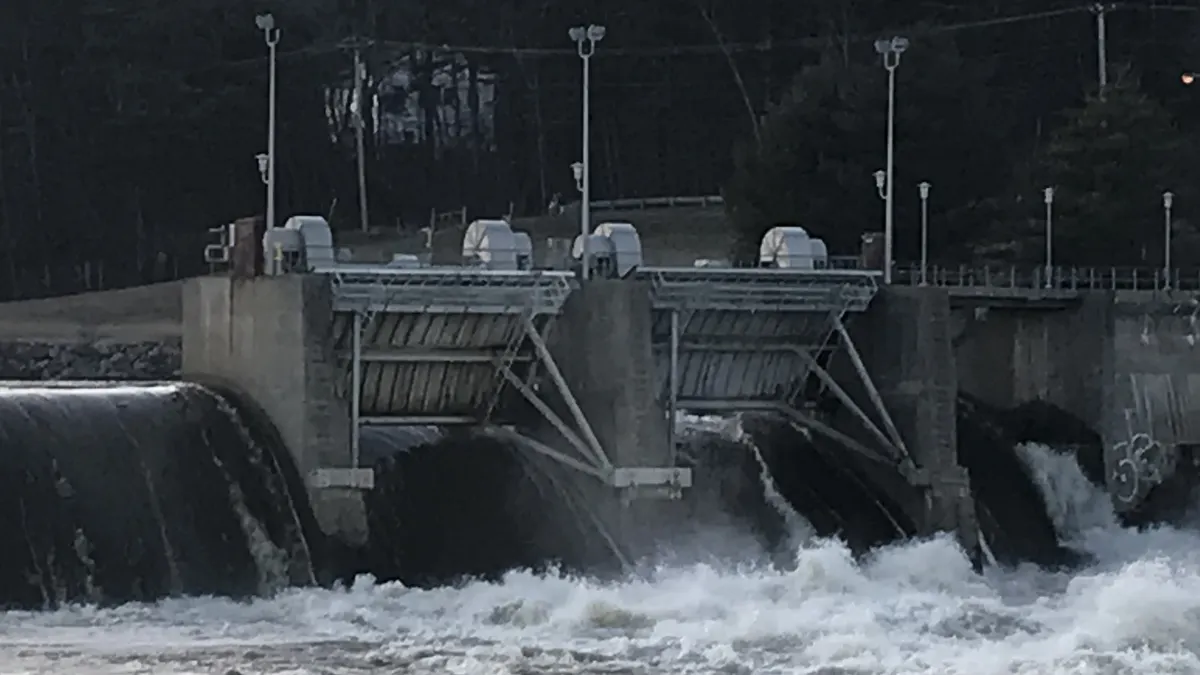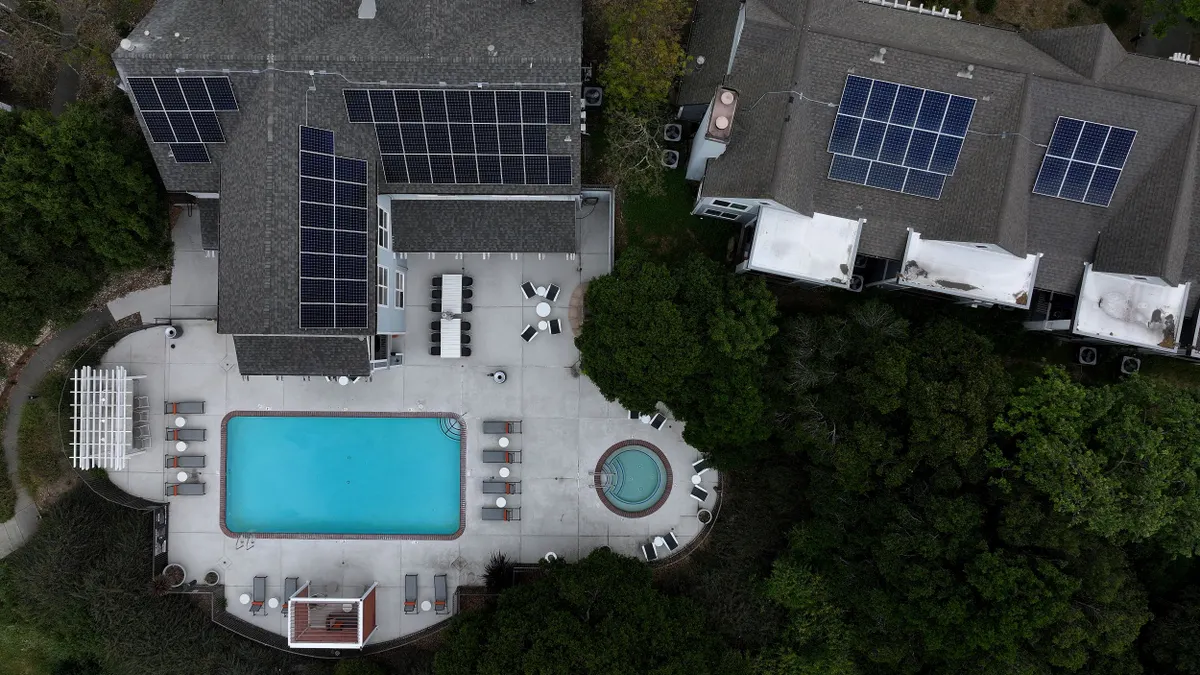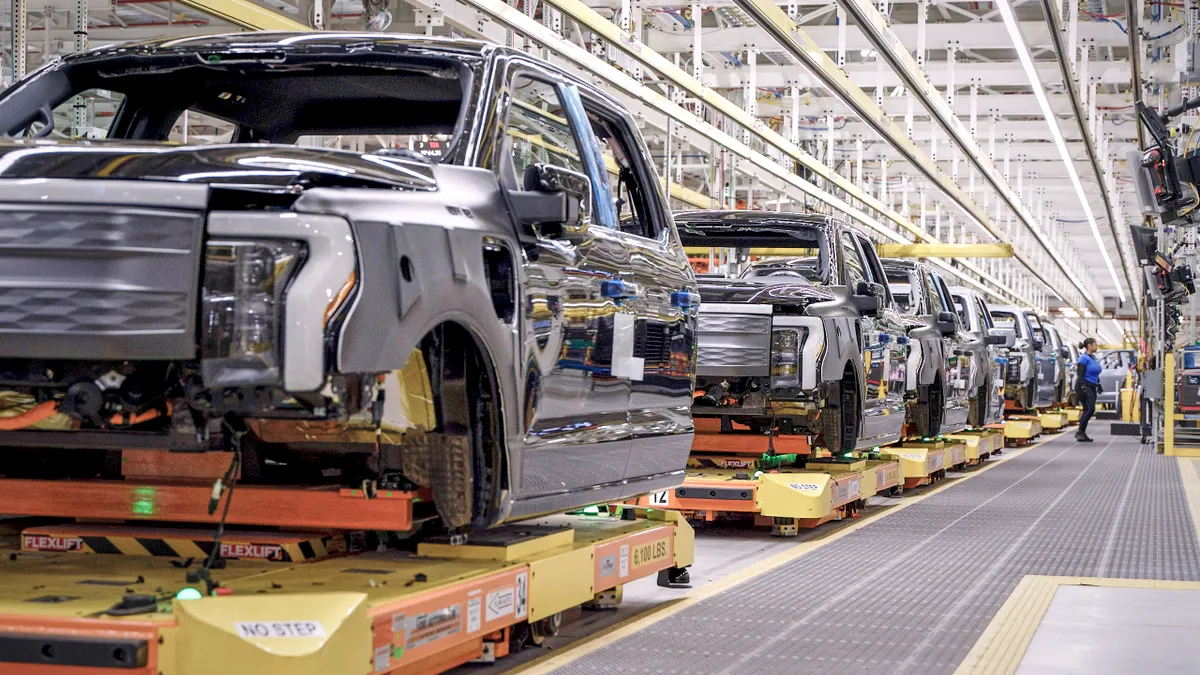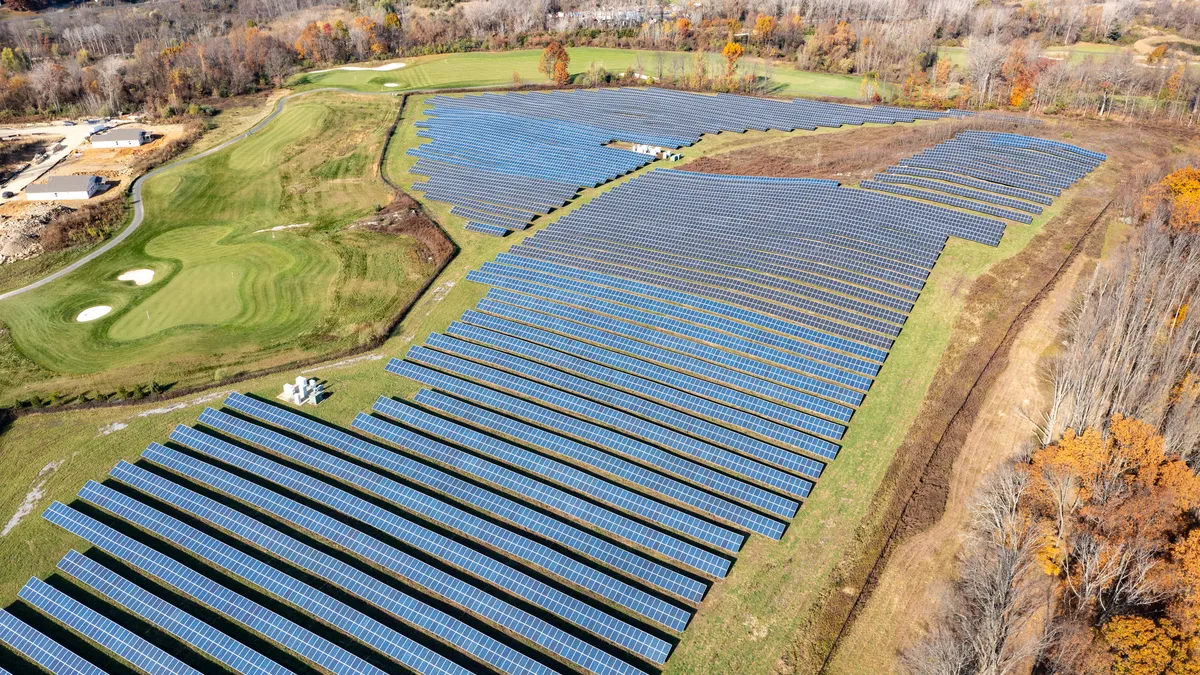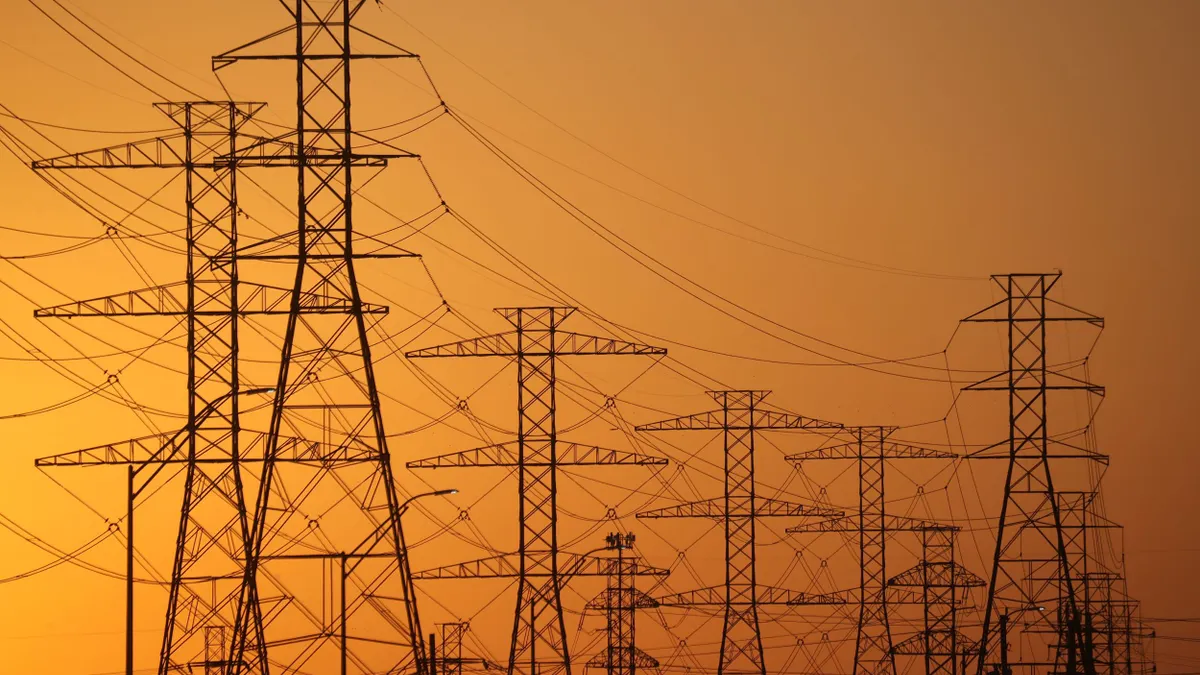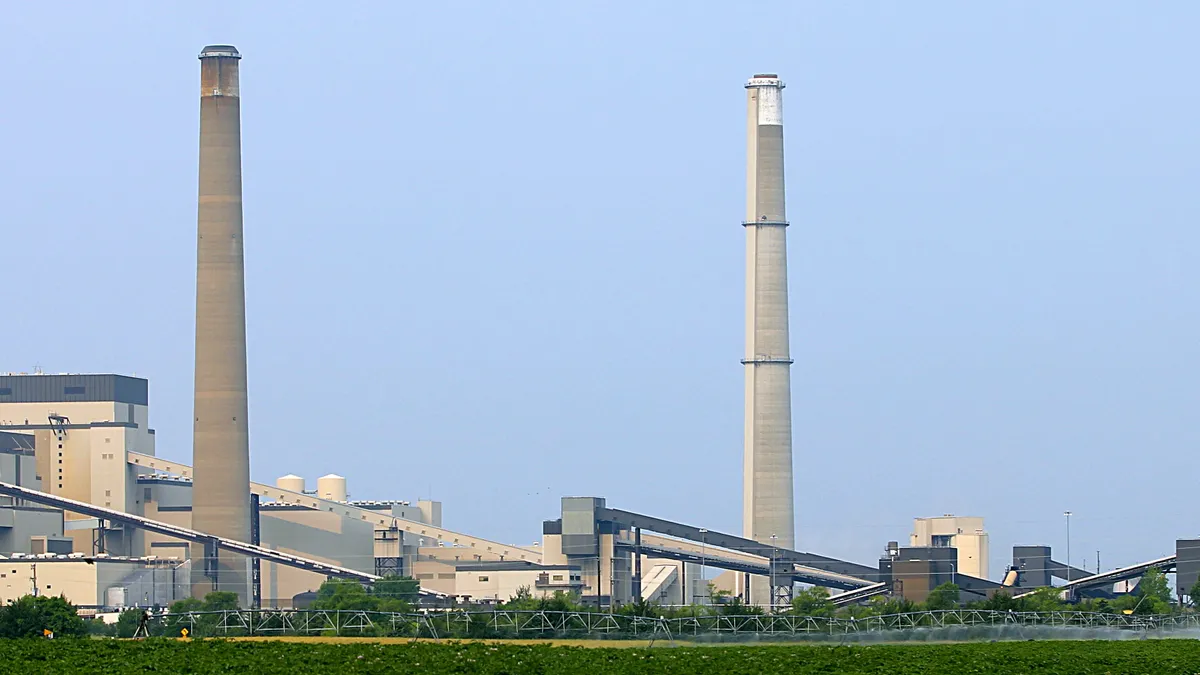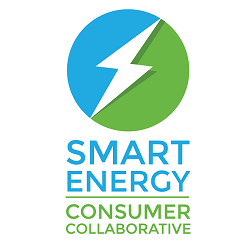Jeremy Furr is senior vice president of strategic sourcing at Stryten Energy.
The U.S. energy storage sector is navigating a critical turning point. As energy demand surges and grid modernization accelerates, utilities and developers are dealing with the twin pressures of global trade uncertainty and grid reliability. At the same time, the push to localize battery manufacturing is intersecting with a growing need to diversify energy storage technologies.
Together, reshoring the battery supply chain and broadening the mix of battery chemistries are redefining what it means to build a resilient, future-ready energy storage ecosystem.
Tariffs continue to drive up the cost of imported battery materials and components, especially those used in lead and lithium-based systems. These rising costs aren’t limited to finished products; they also impact many U.S.-based battery manufacturers and component suppliers that rely on foreign raw materials. As a result, many in the energy storage supply chain are rethinking their procurement strategies and looking for ways to reduce exposure to volatile international markets.
China’s restrictions on exporting key minerals have added further disruption, especially where it serves as the primary global supplier. With trade challenges expected to continue, I am seeing many companies exploring onshoring and nearshoring solutions.
Onshoring and nearshoring activities are vital to securing a reliable energy storage supply chain. Are there challenges? Yes, but they can be overcome.
Constructing a lithium cell plant can require an investment of half a billion dollars, a major hurdle for most companies. Larger original equipment manufacturers and automakers have addressed this issue by partnering with established battery manufacturers that already have U.S.-based production facilities in place. For smaller battery providers, localization is tougher to manage. To fund domestic manufacturing, many are turning to consolidation strategies, including joint ventures, mergers and acquisitions, and partnerships of their own.
Remember, too, that even before recent trade shifts, battery manufacturers and system integrators had started moving from importing complete battery packs to assembling modules domestically, with longer-term goals of localizing cell production and raw material sourcing.
The industry has already been hard at work proving that building a domestic supply chain is doable. While the transition can be costly and complex, it’s laying the groundwork for a more resilient domestic energy storage ecosystem. If more companies and leaders in the sector step up to lead the change, in a matter of years a strong domestic energy storage supply chain won’t be just wishful thinking — it will become a reality.
Technology diversification to ensure grid resilience
The U.S. electrical grid is also under increasing strain due to aging infrastructure, more frequent extreme weather events, and the rising share of renewable energy sources. These factors are making it harder to maintain consistent power delivery, with brownouts and blackouts becoming more common. Because of these challenges, grid operators are under pressure to modernize and stabilize the system.
This reality highlights the need for smarter energy storage integration to provide backup power, smooth grid fluctuations and support clean energy deployment. Lithium continues to play a dominant role in energy storage. However, broadening our chemistry portfolio further strengthens grid reliability and supply chain resilience.
To strengthen U.S. grid resilience and reduce exposure to supply chain risks, battery manufacturers, system integrators and project developers must seek out new and different types of battery energy storage systems technologies. Two complementary technologies to lithium that are gaining momentum are vanadium redox flow batteries and advanced lead BESS.
VRFBs are well-suited in long-duration applications, particularly in renewable energy projects. I’m seeing rising interest, especially among data centers, and a domestic supply chain for VRFBs is already being developed. Lead BESS also presents a formidable option for medium-duration, decentralized applications, especially when domestic sourcing is a priority. It can help integrate renewable energy sources into the existing power mix by providing stable and dependable backup power and reducing grid dependency during peak hours. With its already mature U.S. supply chain and fully established circular economy, in which nearly 100% of battery materials are recycled, lead BESS provides both resilience and sustainability.
Consider this example of a successful lead BESS installation at Georgia Tech earlier this year. The purpose of the installation at the university’s Carbon Neutral Energy Solutions Laboratory was to create an on-campus living-learning lab to support research and real-world applications of medium-duration energy storage solutions. Lead BESS was chosen because of its proven cost-efficiency, high discharge capabilities and recyclability.
Lead BESS and VRFBs are two proven alternatives that deserve a larger role in the energy storage mix. While lithium-based systems remain essential to many applications, we can't afford to rely on a single technology to meet the full range of grid needs. A diversified portfolio of chemistries is key to building a more resilient, flexible and domestically sourced energy infrastructure.
A more resilient energy future will be built on two pillars: strategic sourcing and technology diversification. Tariffs, supply chain constraints, and geopolitical uncertainty are here to stay, but so is the rising demand for reliable, scalable energy.
To meet that demand, we must look beyond reliance on any single battery chemistry or offshore supply chain. Instead, it’s time to invest in a broader mix of proven technologies, such as lithium, lead and vanadium, and accelerate the buildout of a robust domestic manufacturing base.
Energy storage isn’t just an industry priority; it’s a national one. By strengthening the foundations of our supply chain today, we can deliver a grid that’s more secure, more flexible and better prepared for tomorrow’s energy challenges.


